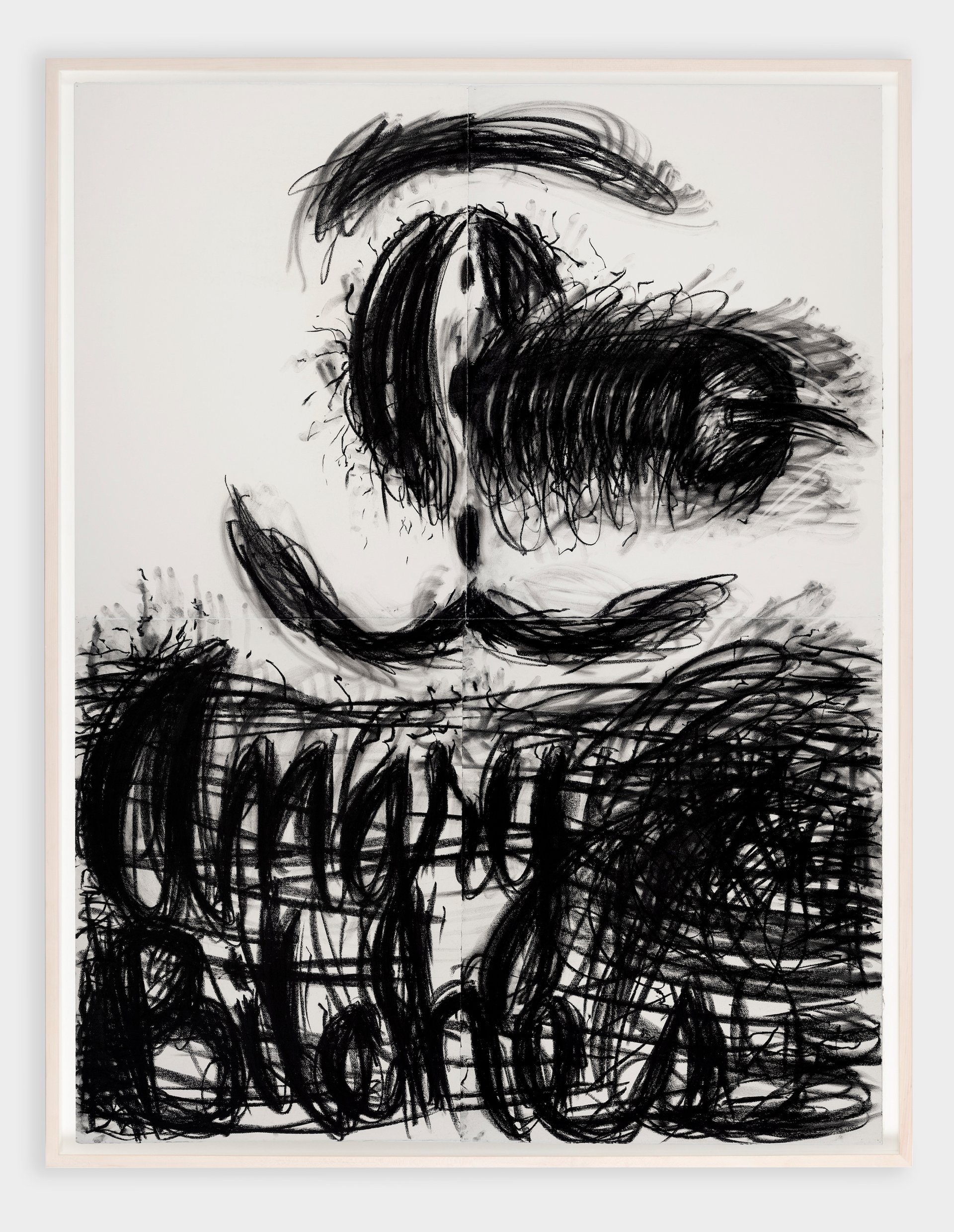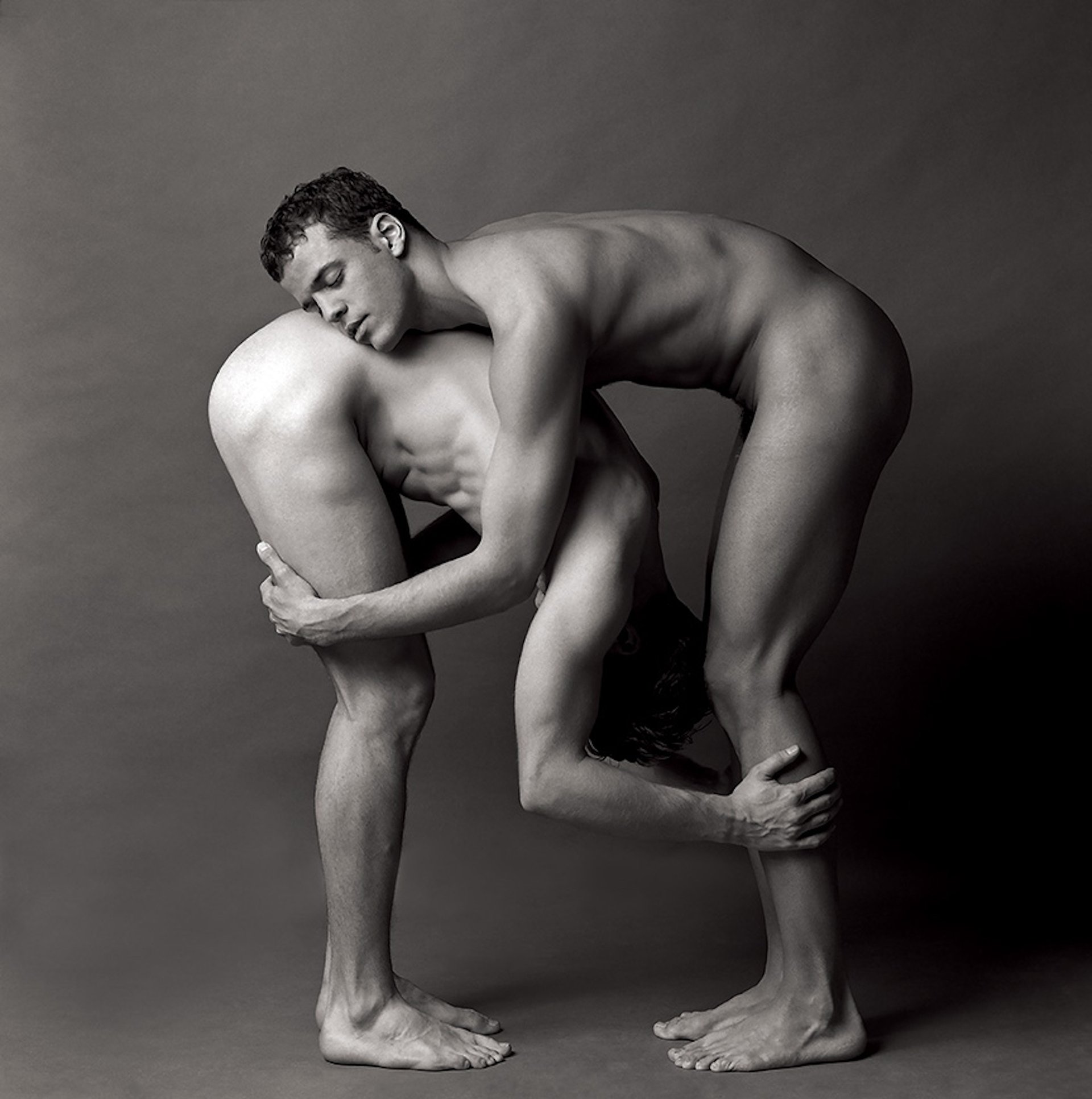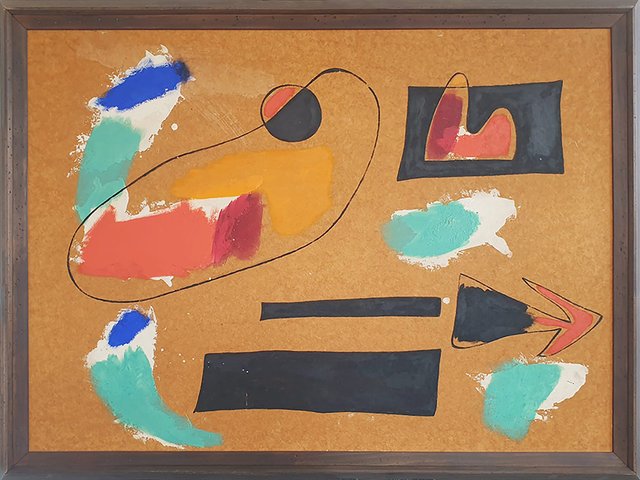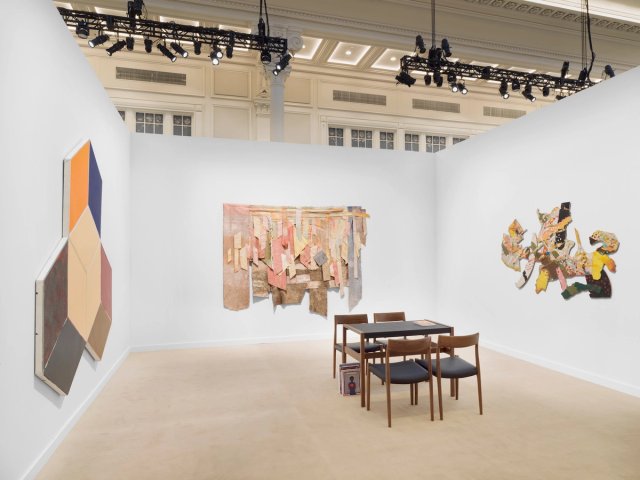Against the bigger-is-better mentality of many of its counterparts, New York’s Independent fair has maintained a boutique spirit. The programme for its 14th edition (11-14 May) features an international coterie of 66 galleries presenting a mix of works by blue-chip and emerging artists.
“We have always been consciously scaled and very intentional about our every step,” says Elizabeth Dee, the fair’s founder. “We want to present a true overview of the art world rather than just the industry which has been constantly growing around us.”
This year’s fair, which once again takes over Spring Studios in the increasingly crowded Tribeca art district, showcases new works while filling historical gaps from galleries of every size. London’s Maureen Paley, which has been showing at the fair since the initial edition in 2009, and Berlin powerhouse Peres Projects will show alongside another Londoner, first-time exhibitor and three-year-old gallery Niru Ratnam (showing work by the British-Ghanaian painter Kimathi Donkor) and Los Angeles-based Diane Rosenstein Gallery—which is giving Nigerian-British painter Abe Odedina his New York debut. Kasmin’s stand is the first focused display of Judith Bernstein’s lesser-known charcoal text drawings from 1989 to 2009.

Judith Bernstein, Angry Bitches (Birth of the Screw), 2009 Courtesy the artist, Kasmin Gallery, and Independent New York
Dee calls the presentation of Bernstein’s works alongside Richard Saltoun’s solo presentation of Eleanor Antin’s anti-Vietnam War mail art project, 100 Boots (1971-73), “a reassessment of two second-wave feminist icons from two sides of the country”. Besides their shared black-and-white palettes, both bodies of work grapple with the aggression and violence of modern American history.
Research rewarded
A revisionist approach has been instrumental in crafting the fair’s identity. Independent 20th Century, which was spun off last September’s as the fair’s second annual edition, focuses specifically on 20th-century art. “As an art history graduate from a women’s college, I’ve always been perplexed by the lack of women artists in the canon,” Dee says. “With the September show, we have the chance to rewrite women and other artists who have been marginalised into the conversation.”
The second fair has also given emerging galleries opportunities to work with artists’ estates and re-contextualise the younger artists on their rosters, which in turn is informing what dealers show at the spring edition. Local gallery Kapp Kapp is a case in point, with its two-artists presentation pairing the painter Beverly Semmes’s works addressing how women’s bodies (and their depictions) have been politicised with images by the photographer Stanley Stellar, whose black-and-white photos of the Hudson river piers in the 1980s celebrate male eroticism against the backdrop of the Aids crisis.

Stanley Stellar, John on Howard, 1994 Courtesy the artist, Kapp Kapp, and Independent New York.
Another two-person installation from a neighbourhood gallery is PPOW’s stand, which juxtaposes two very different approaches to depicting women’s bodies. Jessica Stoller’s porcelain sculptures of surreal and contorted female bodies sit next to Grace Carney’s paintings, which blur the line between figuration and abstraction with suggestions of twisting limbs, bound bodies and wrestling forms.
Beyond the gallery stands, Independent will launch a collaboration with five publishers setting up shop to sell artists’ prints in person at the fair and online. German publisher Texte zur Kunst will launch its collaboration with Cecily Brown, while the California Institute of the Arts will release a 50-artist series to mark the school’s 50th anniversary. Phaidon will debut the fair’s artist collaboration series with hand-painted lithographs by Jameson Green, who had a solo stand at Independent with Derek Eller Gallery in 2021. Dee says, “Moving forward, we will invite one artist who had an important Independent moment in the last 15 years to create a print work which will be available both at the fair and online.”
- Independent, 11-14 May, Spring Studios, New York





